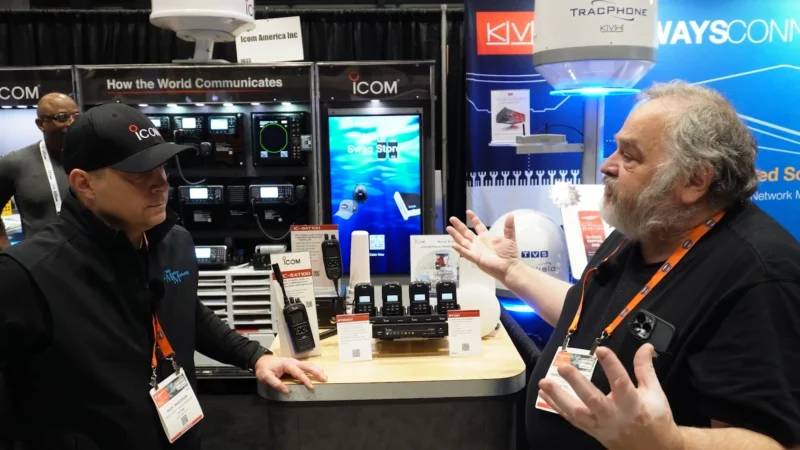For Businesses, Smaller Touchscreens Offer the Biggest Benefits
From its meager, yet dynamic beginnings, the home computing revolution was powered by the demand for smaller displays that could be placed on desktops. Computing devices have continued to shrink, so much so, that today, they now fit into the palm of one’s hand. Now, consumers are walking around with tiny mobile devices that have far more computing power than the huge machines that put an American on the moon.[1]
Over 75% of the U.S. population owns handheld smartphones[2], and relies on them for everything from placing the occasional phone call, to texting friends, exploring the web, and updating social media accounts. Today’s users have become very familiar with interacting with small digital displays, which is a key reason why businesses looking to integrate digital signage into their spaces should be utilizing the small touchscreens that Americans have grown accustomed to.
Small monitors are ideally suited for displaying interactive content that engages customers. People are comfortable with using touchscreen phones and tablets, and understand how to navigate content with a few finger swipes. Kiosks or digital signage that rely on large monitors feel unnatural and can be confusing to customers, which discourages engagement.
In addition, there are several reasons that big displays simply do not work in many spaces. Not only would this be inefficient and a strange sight, but 65” monitor physically cannot be installed in a car, in a grocery aisle, outside a conference room, or integrated into OEM equipment. Furthermore, big screens don’t offer the privacy that users desire. A large screen broadcasts what a user is reading, signing, or researching on full display for everyone in viewing distance to see, and can be disconcerting for users requiring a more private interaction. Smaller monitors, on the other hand, feel more personal and provide more security for users utilizing it for matters that may be somewhat sensitive.
Another positive for small touchscreens: due to their size, small displays are less expensive than their bigger counterparts. This makes it more viable for businesses to deploy more of them within a specific setting and provide more customization and interaction between customers and intentions within a space. Also, the availability of more monitors allows for a greater number of customers to interact with them at the same time, optimizing processes and reducing frustrating queuing or wait times.
For office employees, a small touchscreen that takes up less desk space than a standard desktop monitor, can serve as a second or third screen, enhancing productivity by offering the advantages of a multi-screen set-up. Also, the ability to conserve desk space makes small monitors ideal for popular co-working tables.
Applications for small touchscreen monitors are continuing to expand as businesses realize their value. From POS terminals, to coupon redemption hubs, guest check-ins, wayfinding stations, and even social sharing centers, small displays offer an ideal solution for automation systems that require an integrated touchscreen monitor for command and control.
Here at Mimo Monitors we focus exclusively on developing a wide-range of small touchscreen products, including 15 different 10″ variants and 15 different 7″ variants. Explore more of what’s possible on our website.
Read more at mimomonitors.com
[1] https://www.zmescience.com/research/technology/smartphone-power-compared-to-apollo-432/
[2] http://www.pewinternet.org/fact-sheet/mobile/” http://www.pewinternet.org/fact-sheet/mobile/







